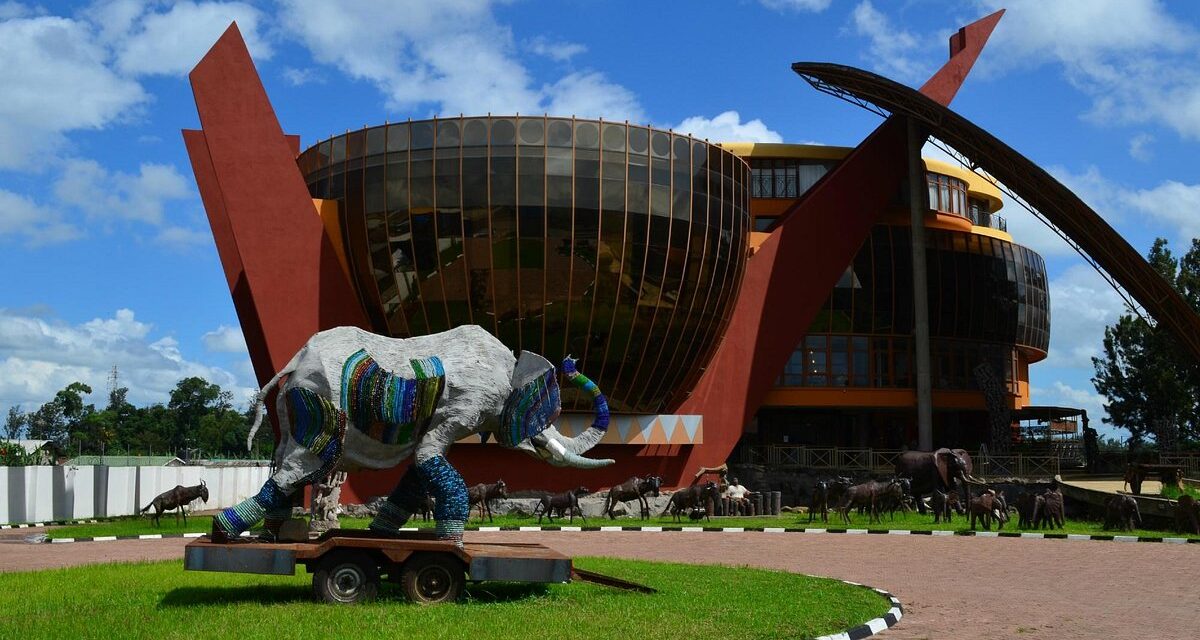Tanzania is not just a land of natural wonders, but also a country with a rich and diverse cultural heritage. With over 120 ethnic groups and languages, Tanzania is a melting pot of different traditions and customs. In this article, we will take a journey through Tanzania’s local traditions and customs and discover what makes them so unique.
The Maasai People: A Proud and Traditional Way of Life
One of the most iconic tribes in Tanzania is the Maasai people, known for their vibrant red clothing and intricate beadwork. The Maasai are a semi-nomadic tribe who have maintained their traditional way of life despite the pressures of modernization.
The Maasai are known for their distinctive customs, such as their elaborate initiation ceremonies for young boys and their practice of drinking raw blood from their cows. Visitors to Tanzania can learn about Maasai culture and traditions through cultural tours and visits to Maasai villages.
The Chaga People: A Legacy of Coffee Farming
The Chaga people are an ethnic group living in the foothills of Mount Kilimanjaro. They are known for their long tradition of coffee farming, which has been a major part of their livelihood for generations.
Visitors to Tanzania can take a cultural tour of the Chaga villages, where they can learn about the history and process of coffee farming. They can also participate in traditional Chaga dances and taste the local cuisine.Visit here and get help for Tanzania visa and explore the place today.
The Swahili People: A Blend of African and Arab Cultures
The Swahili people are a blend of African and Arab cultures and have a long history of trade and commerce along the East African coast. They are known for their distinctive architecture, which is characterized by intricately carved wooden doors and windows.
Visitors to Tanzania can explore the historic city of Stone Town in Zanzibar, which is home to many examples of Swahili architecture. They can also learn about Swahili culture through visits to local markets, where they can sample the local cuisine and buy traditional handicrafts.
Tinga Tinga Art: A Vibrant and Colorful Form of Expression
Tinga Tinga art is a form of folk art that originated in Tanzania in the 1960s. It is characterized by its bright colors and depictions of African wildlife and landscapes. Tinga Tinga art has become a popular form of souvenir for tourists visiting Tanzania.
Visitors to Tanzania can learn about Tinga Tinga art through visits to local art galleries and workshops. They can also take part in Tinga Tinga painting classes and create their own work of art to take home as a souvenir.
Tanzanian Music and Dance: A Vibrant Expression of Culture
Tanzanian music and dance are an integral part of the country’s cultural heritage. From traditional drumming and dancing to modern pop music, Tanzania has a rich and diverse musical tradition.
Visitors to Tanzania can attend music and dance performances, including the popular taarab music and ngoma dance. They can also learn traditional dances and drumming techniques through cultural tours and workshops.
Conclusion
Tanzania’s rich cultural heritage is a testament to the country’s diversity and history. From the proud traditions of the Maasai people to the vibrant colors of Tinga Tinga art, Tanzania is a treasure trove of cultural experiences. Whether you’re exploring the coffee farms of the Chaga people or attending a traditional dance performance, Tanzania is sure to leave a lasting impression on all who visit.






